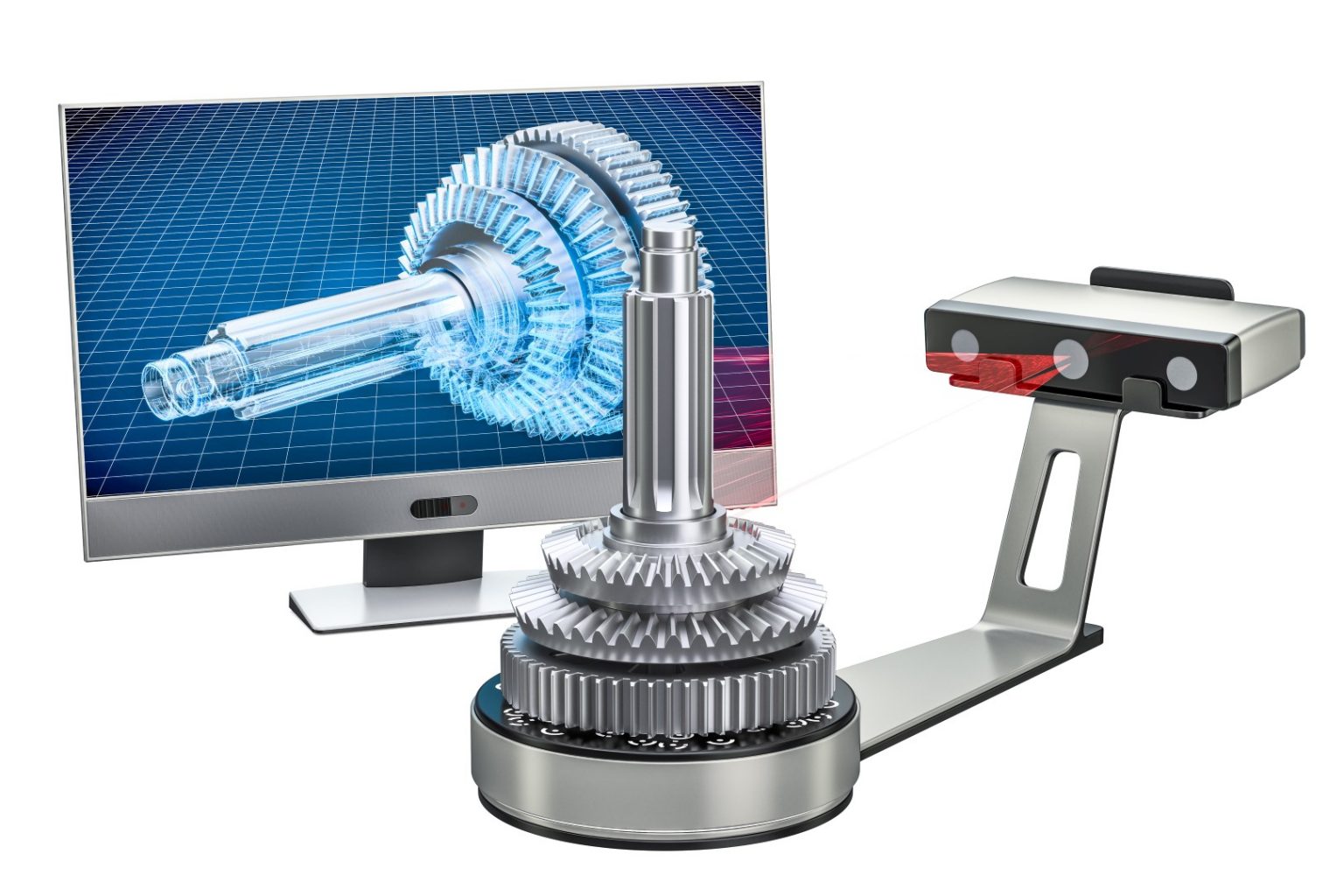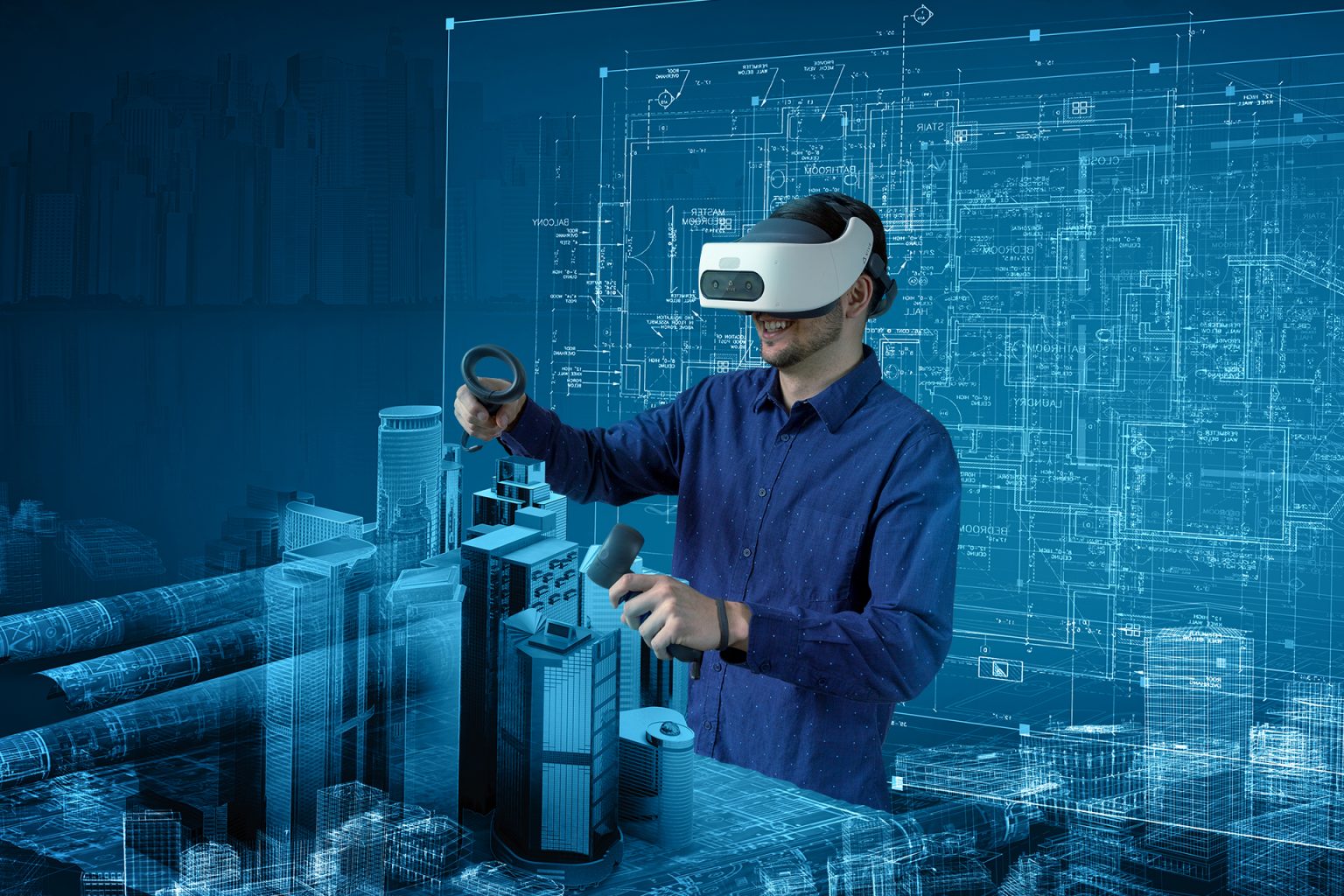Reverse engineering and virtual reality (VR) development are two closely intertwined fields that offer immense potential for innovation and advancement. Reverse engineering involves the process of deconstructing an existing product or system to understand its design, functionality, and internal workings. This knowledge can then be utilized to create new or improved products, enhance performance, or uncover innovative design solutions. On the other hand, VR development focuses on creating immersive and interactive virtual environments that enable users to experience and interact with digital content in a realistic manner.

The connection between reverse engineering and VR development lies in their shared emphasis on understanding and manipulating the underlying structure of objects and environments. In reverse engineering, this understanding is gained through the analysis of physical products, while in VR development, it involves the creation of digital models and simulations. This common ground opens up a wealth of opportunities for cross-pollination between the two fields, leading to novel applications and advancements.

One of the key benefits of reverse engineering for VR development is the ability to extract valuable insights from existing products and incorporate them into VR experiences. By studying the design and functionality of real-world objects, VR developers can create more realistic and immersive virtual environments. For instance, in the field of architectural visualization, reverse engineering can be used to accurately recreate buildings and landscapes based on blueprints and architectural models. This information can then be incorporated into VR experiences, allowing users to explore virtual replicas of real-world structures.

Reverse engineering also plays a crucial role in developing haptic feedback systems for VR. Haptic feedback involves providing users with tactile sensations in response to their actions within a VR environment. By studying the physical properties of objects, such as their weight, texture, and shape, reverse engineers can design haptic devices that accurately simulate the feeling of interacting with real-world objects. This enhances the realism and immersiveness of VR experiences, allowing users to interact with virtual environments in a more natural and intuitive manner.
Furthermore, reverse engineering can facilitate the creation of VR simulations for training and education purposes. By digitally recreating complex machinery, industrial processes, or scientific phenomena, VR developers can create interactive simulations that provide trainees and students with hands-on experience and immersive learning opportunities. This approach has been successfully used in various industries, including manufacturing, aviation, and healthcare, to train professionals in safe and controlled virtual environments.
Conversely, VR development also offers valuable tools and techniques that can enhance the reverse engineering process. VR environments provide a platform for visualizing and manipulating complex 3D models, enabling engineers to examine products from different perspectives and gain a deeper understanding of their internal structures. This can expedite the reverse engineering process and lead to more accurate and efficient results.
In conclusion, reverse engineering and VR development are two synergistic fields that offer immense potential for innovation and advancement. The ability to extract insights from existing products, create realistic virtual environments, and develop haptic feedback systems opens up new possibilities for designing and developing more immersive and interactive VR experiences. As these fields continue to evolve, we can expect to witness even more groundbreaking applications and technologies that revolutionize the way we interact with digital content and the world around us.# The Link Between Reverse Engineering and Virtual Reality Development
Executive Summary
Reverse engineering and Virtual Reality (VR) development are two rapidly evolving fields with significant potential for integration. Reverse engineering can provide valuable insights into the design and function of existing VR systems, enabling developers to identify areas for improvement and innovation. This article explores the relationship between reverse engineering and VR development, discussing the benefits and challenges of combining these technologies and highlighting potential use cases.
Introduction
Reverse engineering is the process of deconstructing an existing product or system to understand its design, function, and manufacturing process. This process can be applied to a wide range of products, including VR headsets, software, and games. By reverse engineering VR systems, developers can learn from existing designs, identify areas for improvement, and develop new and innovative VR experiences.
The Benefits of Integrating Reverse Engineering and VR
- Increased Understanding of Existing VR Systems:
- Reverse engineering allows developers to gain a deep understanding of the design and function of existing VR systems.
- Identify strengths and weaknesses, enabling them to make informed decisions about future developments.
- Improved Innovation:
- Reverse engineering can inspire new and innovative ideas for VR development.
- By studying existing systems, developers can identify opportunities for improvement and create new VR solutions that address unmet needs.
- Reduced Development Time and Cost:
- Reverse engineering can shorten the development cycle and reduce costs by allowing developers to leverage existing assets and knowledge.
- They can focus on creating new and innovative features rather than reinventing the wheel.
- Enhanced VR User Experience:
- Reverse engineering can help developers identify and address factors that contribute to a negative VR user experience, such as motion sickness or latency.
- By addressing these issues, they can create VR experiences that are more immersive and enjoyable.
- Identification of Security Vulnerabilities:
- Reverse engineering can help identify security vulnerabilities in existing VR systems.
- This information can be used to develop security patches and protect VR users from malicious attacks.
Challenges of Combining Reverse Engineering and VR
- Complexity of VR Systems:
- VR systems are complex, making them difficult to reverse engineer effectively.
- Developers may need specialized knowledge and tools to extract meaningful insights from VR hardware and software.
- Intellectual Property Rights:
- Reverse engineering may violate intellectual property rights, such as patents or copyrights.
- Developers should carefully consider the legal implications before reverse engineering existing VR systems.
- Lack of Documentation:
- Some VR systems may lack adequate documentation, making it difficult to understand their design and function.
- This can make reverse engineering a time-consuming and challenging process.
- Rapid Evolution of VR Technology:
- VR technology is evolving rapidly, making it difficult for developers to keep up with the latest advancements.
- Reverse engineering existing VR systems may not provide insights into the latest trends and innovations.
- Ethical Considerations:
- Reverse engineering may be used for unethical purposes, such as creating counterfeit products or hacking into VR systems.
- Developers should consider the ethical implications of reverse engineering before engaging in this activity.
Potential Use Cases for Reverse Engineering in VR Development
- Creating VR-training Simulations
- Design Immersive VR Games
- Develop VR Software Development Tools
- Build Medical Applications for VR
- Enhance Existing VR Systems
Conclusion
Reverse engineering and VR development are two rapidly evolving fields with significant potential for integration. By using reverse engineering to understand existing VR systems, developers can identify areas for improvement and create new and innovative VR experiences that enhance the user experience. Overcoming the factors that are preventing the two fields from integrating such as the proprietary nature of VR technologies and legal roadblocks will allow people to take advantage of these tools.

Amazing article! This is so useful and interesting. Thank you for sharing.
This is a great article but it could be improved by adding some more examples of how reverse engineering can be used in VR development.
This is a really interesting topic. I would love to learn more about it.
This article is so well written. I learned a lot from it.
This is a great article. I’m glad I read it.
This is a very informative article. I’m glad I found it.
This is a great article. I’m glad I read it.
This is a great article. I’m glad I read it.
This is a great article. I’m glad I found it.
This is a great article. I’m glad I read it.
This is a great article. I’m glad I read it.
This is a great article. I’m glad I found it.
This is a great article. I’m glad I read it.
This is a great article. I’m glad I found it.